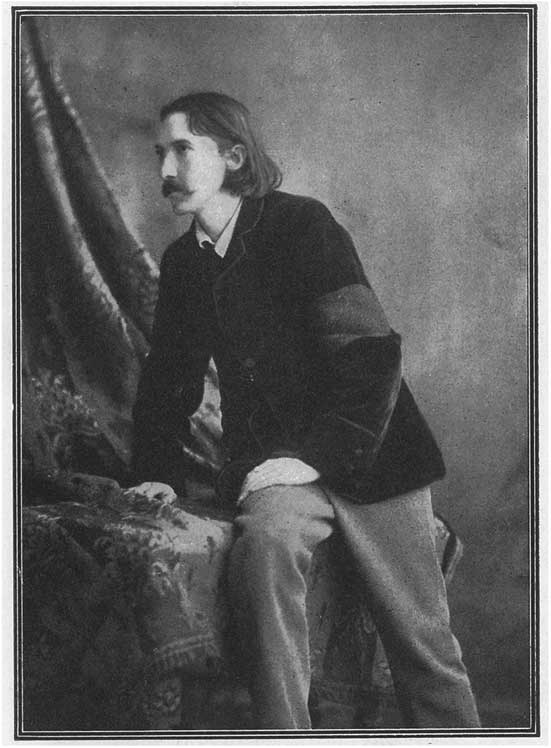The perception of doctors has changed over the years, perhaps because of domination of patient care by technology, or because of doctors’ preoccupation with remuneration, or other issues. Nonetheless, doctors are still viewed favourably by many. Nuland quotes Peabody, who stated that altruism (the practice or principle of concerns for others) is embodied in the art of medicine and must work with the science of medicine.Reference Nuland 1 This principal certainly applies to neurologists and neurosurgeons.
Gratitude to doctors is of long standing and is no better expressed than by Robert Louis Stevenson, one of the world’s greatest writers. In his famous A Child’s Garden of Verses and Underwoods,Reference Stevenson 2 he wrote a touching “Dedication”Reference Stevenson 2 to the doctors who had looked after him over the years.
Stevenson was born in 1850 in Edinburgh. He suffered from chronic lung disease all his life. It was perhaps in childhood an asthmatic bronchitis, in adulthood a chronic obstructive lung disease. Heavy smoking and tuberculosis may have been further contributing factors. He died in the Pacific Samoan Islands in 1894, at the age of 44 years. His wealthy parents were able to send him to more favourable climates than Scotland. Thus, he travelled widely during his life and sought regular medical attention.

Figure 1 Robert Louis Stevenson in his most characteristic pose and in his most characteristic attire. The velvet jacket, the long fall of hair, and the slenderness of frame shown in this photograph have been made much of in all impressions and sketches of the man (the armband was worn in mourning for his uncle David Stevenson).
The “Dedication” to his different doctors is heart warming: “Dr. Chapnell whose visits make it a pleasure to be ill.” He noted their “kindness” and “wise counsel” in the face of a progressive and incurable disease.
DEDICATION
There are men and classes of men that stand above the common herd: the soldier, the sailor and the shepherd not unfrequently; the artist rarely; rarelier still, the clergyman; the physician almost as a rule. He is the flower (such as it is) of our civilisation; and when the stage of man is done with, and only, remembered to be marvelled at in history, he will be thought to have shared as little as any in the defects of the period, and most notably exhibited the virtues of the race. Generosity he has, such as is possible to those who practise an art, never to those who drive and trade; discretion, tested by a hundred secrets; tact, tried in a thousand embarrassments; and what are more important, Heraclean cheerfulness and courage. So it is that he brings air and cheer into the sickroom, and often enough, though not so often as he wishes, brings healing.
Acknowledgements
The author thanks Dr. Bryan Yong for helpful suggestions.
Disclosures
The author has nothing to disclose.



